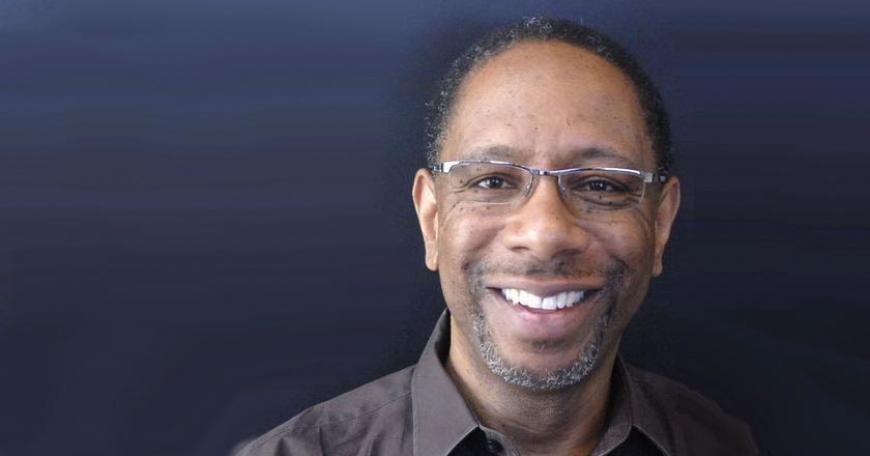DUSP & Sloan courses transition successfully online: 11.312 and 15.679

When transitioning his Urban Studies class and Sloan fieldwork lab to new modes of teaching and learning remotely, Professor Ceasar McDowell recalibrated learning goals to work with the limitations and affordances of remote learning. To that end, McDowell focused on essential principals and achievable outcomes. During this process, McDowell also discovered some surprising benefits to online learning.
Transitioning 11.312 online
In Prof McDowell’s class “Engaging Community: Models & Methods for Designers and Planners” (11.312), students master eight design principals used in building more inclusive public engagement processes into civic infrastructure. The class is a mixture of lecture and seminar, with theory covered at the beginning of the semester and the remainder of the semester devoted to projects and exercises.
Before the course went online, McDowell used the final in-person class meeting to fully process the coming change and foster social connectivity among his students. He reassured the class that when the group reconvened online, realistic learning goals would be discussed and reset. McDowell and his students also set up communication channels in order to stay in touch during the extended two-week spring break.
Building community, connection, and trust In his online classes, McDowell opened every session with a connection practice using an exercise called PIES. Students checked in with how they were doing on four levels: physically, intellectually, emotionally and spiritually. The PIES exercise grounded the class and prepared students to deal with interpersonal complexities in their projects as well as deepened relationships and trust among the class. Building systems of trust and being able to hold difficult conversations are essential skills for the kind of learning done in McDowell’s class.
When the class was meeting face-to-face, sessions were once a week for 3 hours. When McDowell transitioned to teaching remotely, he shortened the class duration to 90 minutes with a 10 min break; as it would be difficult for students to sustain concentration and focus for a protracted length of time online. The remainder of the class time was divided into small group teamwork.
When the class moved online, MacDowell altered his learning goals to a more project-based and workshop-focused format. Much of online class time was spent with students reporting on what they had accomplished the previous week.
Online Tools
Two tools have been particularly useful for McDowell and his students.
- Fireflies, an attachment to Zoom, generates transcripts of class sessions 10 minutes after a session. Reading a transcript is a more efficient way for students to review class content than to re-watch the video-recording.
- Google Docs is used as a space for real-time brainstorming as well as for capturing Plus/Delta evaluations after each class. This works well because all of the comments and entries are set to be anonymous.
Virtual interviews yield benefits to Sloan Lab 15.679
The class that McDowell is co-teaching at Sloan with Robert Dyer, Tom Kochan, Christine Kelly, and Leigh Hafrey, “Bridging the American Divides” (15.679), is a hands-on course with student site visits and fieldwork. When the course transitioned to remote, the resulting limitations surprisingly created some new opportunities.
The original plan had been for students to do fieldwork during spring break in communities across the US. Travel and itineraries had been scheduled, and students had arranged for 10-12 face-to-face interviews while on location. Interestingly, by moving interviews to the virtual realm, the students actually had opportunities to get far more perspectives: instead of interviewing 10-12 people on location, the students were able interview 25-30 people remotely. This broader subset of interviewees helped the students understand the community much better than they would have had they actually visited. The challenges of virtual learning created new opportunities.
Impact
Using a combination of community building, setting achievable goals, and taking advantage of opportunities as they arose, Prof McDowell has provided effective remote learning experiences for his DUSP and Sloan students.

